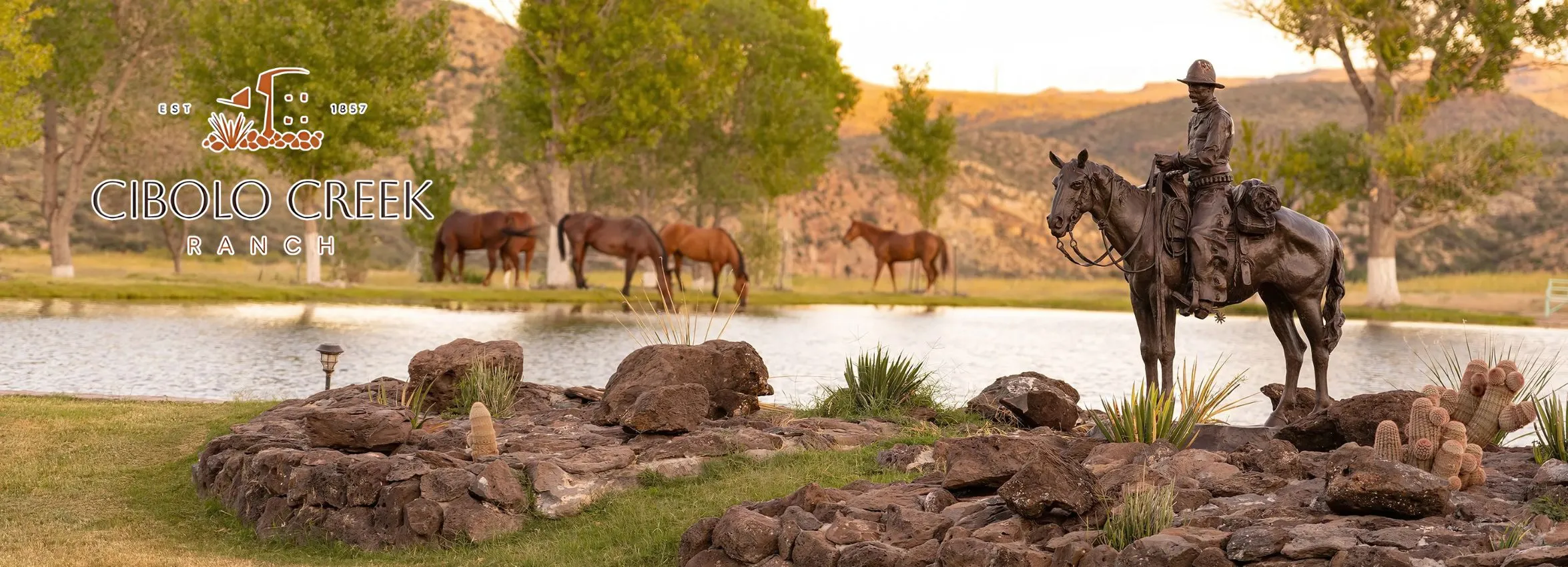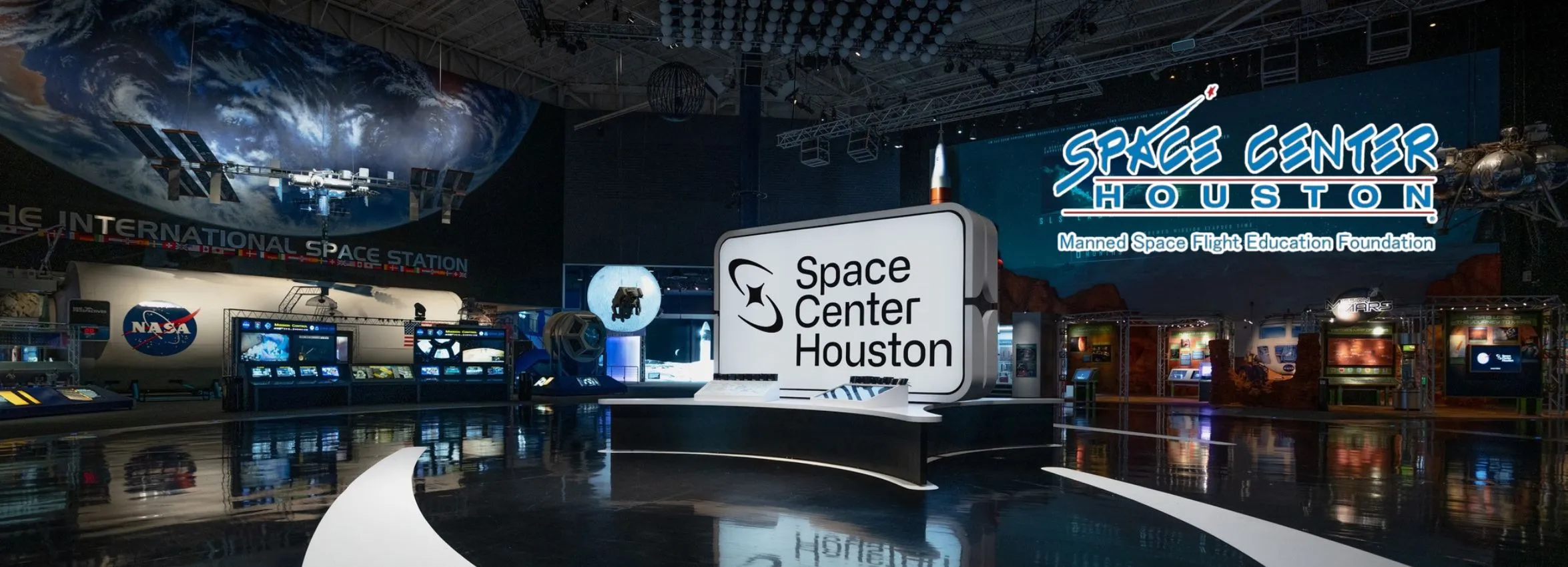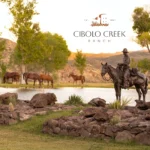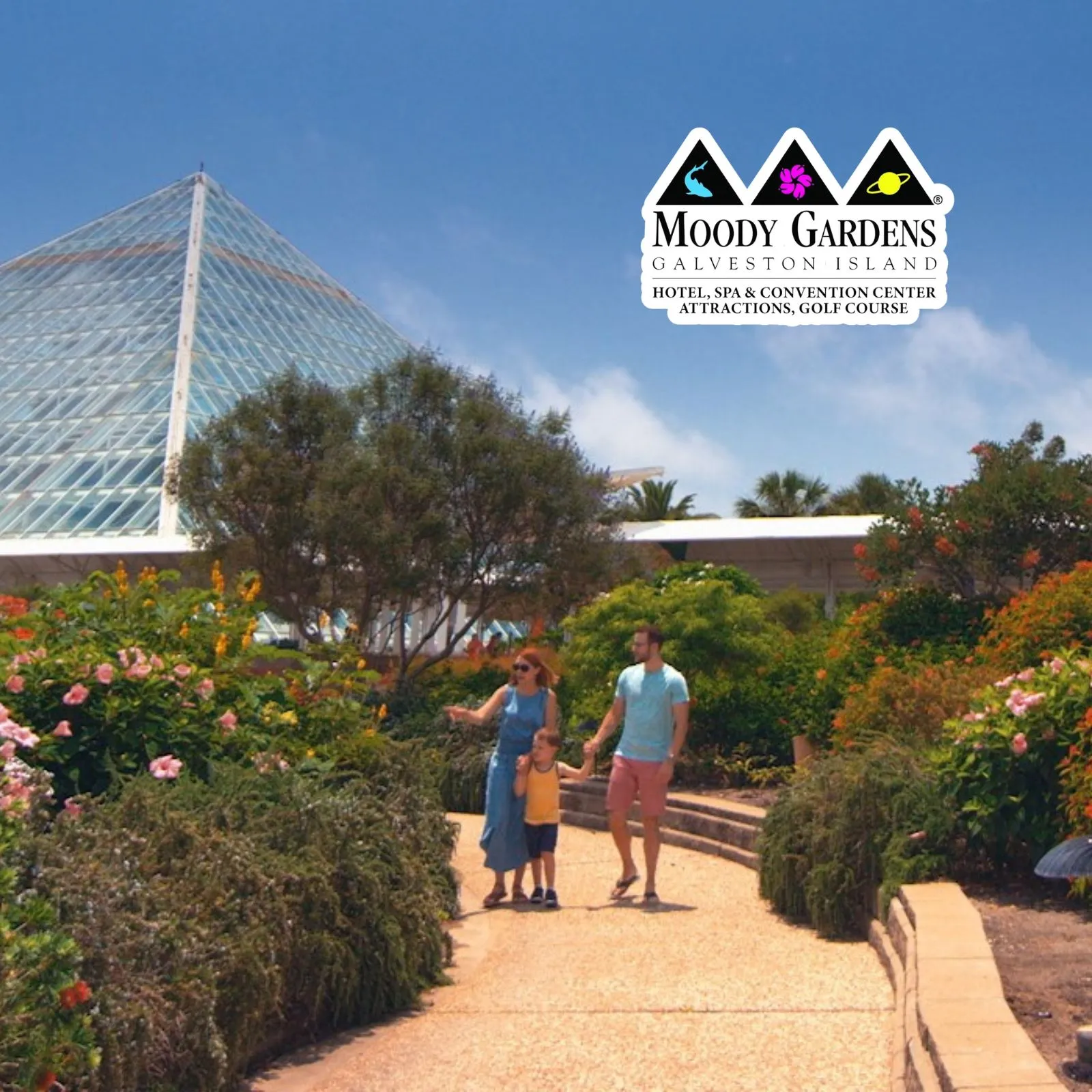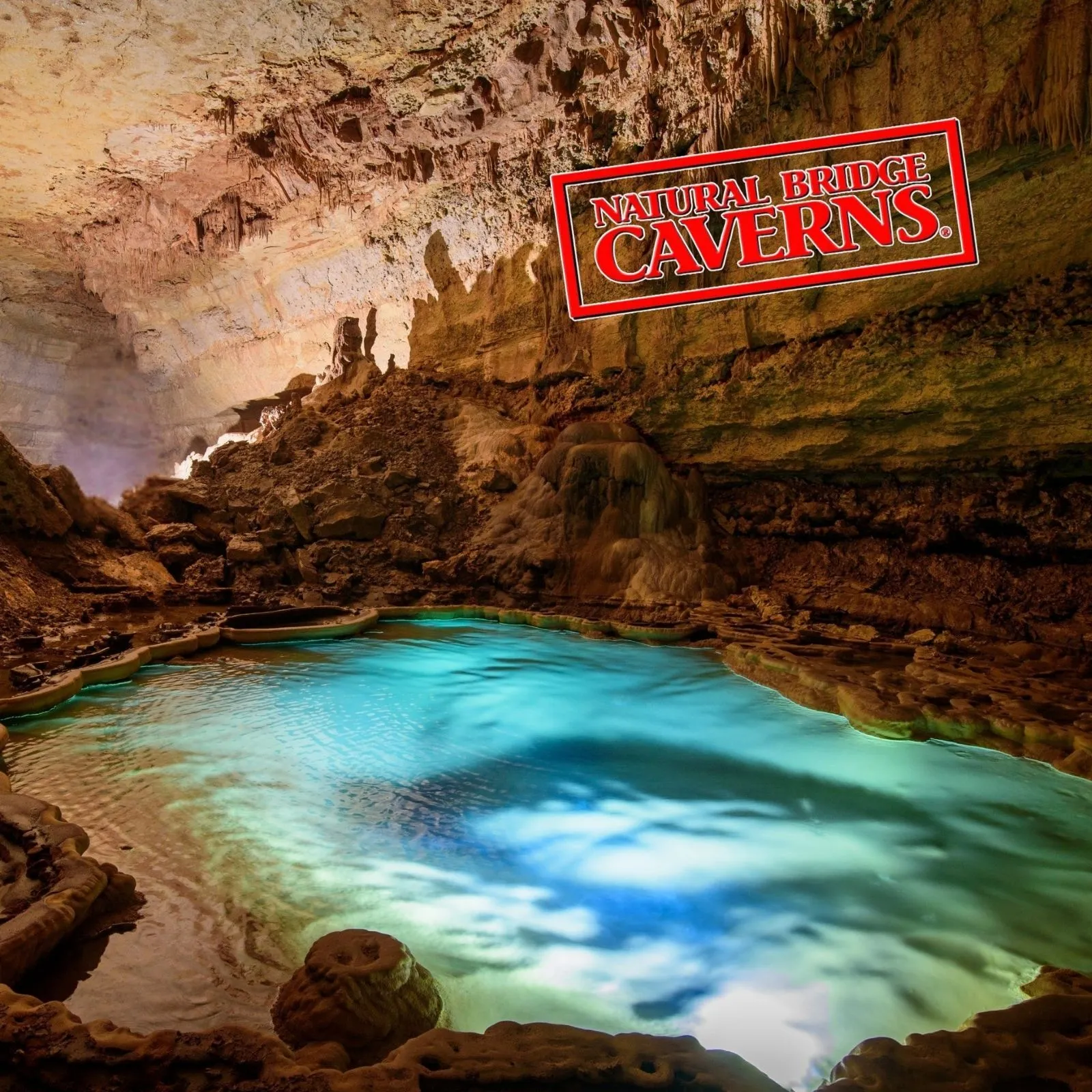The Ultimate Virginia History Trail: Top Museums, Missions & Historic Towns (Currently Open)
Virginia is more than a state—it’s the birthplace of America’s story. From the first English settlement to the battlefields that defined a nation, the Old Dominion is a living museum of the country’s heritage. Whether you’re a lifelong history lover or a curious traveler eager to explore authentic Americana, Virginia’s history trail offers a journey through colonial towns, iconic museums, and preserved missions that bring the past to life.
Pack your curiosity and a sense of adventure—because this trail isn’t just about looking back, it’s about experiencing the stories that built America.
Colonial Williamsburg – Step into the 18th Century
No Virginia history trail is complete without Colonial Williamsburg, the largest living history museum in the United States. Spanning over 300 acres, this meticulously preserved colonial capital recreates life from the 1700s with an unmatched level of detail.
Highlights include:
Costumed interpreters who portray blacksmiths, bakers, soldiers, and townspeople
The Governor’s Palace, where leaders once debated independence
Horse-drawn carriages along Duke of Gloucester Street
Interactive experiences like musket demonstrations and historic tavern dining
This site isn’t just a tourist attraction—it’s a living classroom that brings the Revolution to life. Visitors can also explore Jamestown Settlement and Yorktown Battlefield, both part of Virginia’s “Historic Triangle,” for a full Revolutionary experience.
Best for: Families, educators, and anyone who loves immersive storytelling.
Monticello – The Vision of Thomas Jefferson
Perched atop a hill overlooking Charlottesville, Monticello is the masterpiece home of Thomas Jefferson, the third U.S. president and principal author of the Declaration of Independence. This UNESCO World Heritage Site showcases Jefferson’s genius as an architect, inventor, and philosopher.
What makes it extraordinary:
Beautiful neoclassical architecture designed by Jefferson himself
Gardens and landscapes he cultivated as early examples of American horticulture
Tours that explore not only Jefferson’s life but also the lives of the enslaved people who built and maintained the estate
Today, Monticello’s curators offer a balanced and inclusive look at American history—one that acknowledges innovation, contradiction, and legacy.
Best for: Architecture buffs, history enthusiasts, and reflective travelers.
Mount Vernon – George Washington’s Beloved Estate
Along the Potomac River in Northern Virginia stands Mount Vernon, the elegant estate of George Washington. Walking its grounds is like stepping back into the 18th century.
Signature experiences:
Explore the restored mansion with period furnishings
Visit Washington’s tomb and the slave memorial site
Tour the working farm and blacksmith shop
Visit the on-site museum for rare artifacts, including Washington’s presidential possessions
Mount Vernon remains a symbol of leadership, patriotism, and perseverance—making it a must-see stop on the Virginia history trail.
Best for: Families, heritage travelers, and first-time visitors to the region.
Jamestown Settlement – Where America Began
Travel back to 1607, when English settlers arrived at Jamestown and began shaping what would become the United States. The Jamestown Settlement Museum brings this critical moment in history to life with powerful exhibits and outdoor re-creations.
What to see:
Full-scale re-creations of the original ships that brought settlers from England
Reconstructed fort and Powhatan Indian village
Archaeological discoveries at nearby Historic Jamestowne, the original site
Guided tours and demonstrations reveal how colonists, Indigenous tribes, and enslaved Africans interacted—laying the foundation for America’s diverse cultural story.
Best for: Families, educators, and visitors seeking the roots of U.S. history.
Appomattox Court House National Historical Park – The War’s Final Chapter
In Appomattox Court House, the Civil War came to a close. This national park preserves the site where General Robert E. Lee surrendered to Ulysses S. Grant in 1865, ending one of the most defining conflicts in American history.
Highlights include:
The restored McLean House, where the surrender took place
Living history events and ranger-led tours
The visitor center’s moving exhibits about the war’s conclusion and its aftermath
It’s a quiet yet powerful destination—a reminder of the sacrifices made for unity and freedom.
Best for: Civil War enthusiasts, educators, and reflective travelers.
Museum of the Confederacy and American Civil War Museum – Richmond’s Compelling Perspective
Richmond, once the capital of the Confederacy, now houses a museum complex that confronts and contextualizes one of America’s most turbulent eras. The American Civil War Museum offers a comprehensive, inclusive exploration of the conflict from Union, Confederate, and African American perspectives.
Why it’s worth a visit:
Exhibits combining artifacts, storytelling, and digital technology
Personal narratives that humanize both soldiers and civilians
Educational programs addressing race, freedom, and the reconstruction period
This museum invites visitors to think critically about how history shapes identity and progress.
Best for: Students, history lovers, and cultural explorers.
Fredericksburg & Spotsylvania National Military Park – Battlefield of a Nation
Located halfway between Richmond and Washington, D.C., this park preserves four major Civil War battlefields: Fredericksburg, Chancellorsville, Wilderness, and Spotsylvania Court House.
Why it’s unforgettable:
Expansive landscapes where history echoes through the hills
Memorials, guided driving tours, and reconstructed earthworks
Interpretive programs that connect military strategy to human cost
It’s one of the largest and most visited battlefield parks in the nation, offering profound insight into the struggles that defined the Civil War era.
Best for: History buffs, veterans, and educational trips.
St. John’s Church – The Echo of Patrick Henry’s “Give Me Liberty” Speech
In downtown Richmond, the humble St. John’s Church became a revolutionary landmark when Patrick Henry declared, “Give me liberty or give me death!” in 1775. Today, this colonial-era church still resonates with the same fiery spirit.
Highlights:
Costumed reenactments of Henry’s famous speech
Guided tours explaining how Virginia helped ignite the Revolution
Peaceful grounds and 18th-century cemetery with historic graves
Why visit: St. John’s reminds travelers that the call for freedom began in local halls long before it echoed nationwide.
Best for: Revolutionary War fans, students, and patriotic families.
Colonial Town of Yorktown – From Battlefields to Bay Views
Yorktown, the final battleground of the American Revolution, remains one of the most significant places in U.S. history. Today, it blends coastal beauty and historical importance with small-town Virginia charm.
Don’t miss:
Yorktown Battlefield and Victory Monument
American Revolution Museum at Yorktown
The scenic Riverwalk Landing with boutiques, eateries, and waterfront views
From cannon fire demonstrations to interpretive tours, Yorktown offers visitors a complete Revolutionary experience.
Best for: Families, photographers, and history enthusiasts.
Historic Alexandria – Colonial Roots, Modern Spirit
Just across the Potomac from Washington, D.C., Old Town Alexandria captures centuries of history along cobblestone streets and riverfront charm.
Key attractions:
The Stabler-Leadbeater Apothecary Museum, a preserved 18th-century pharmacy
Gadsby’s Tavern, where George Washington once dined
The Freedom House Museum, honoring the African American experience
With its walkable downtown, Alexandria offers a seamless blend of history, culture, and cuisine.
Best for: Weekend travelers, families, and couples.
Colonial Churches & Missions – Faith and Foundations
Virginia’s early settlers left a legacy of faith embodied in its colonial-era churches and missions, many of which remain active today.
Notable examples:
Bruton Parish Church in Williamsburg – Established in 1674, still hosts regular services.
St. Luke’s Historic Church in Smithfield – Virginia’s oldest surviving church, dating back to the 1600s.
Aquia Church in Stafford County – Georgian architecture and centuries-old gravestones tell the story of Virginia’s earliest worshippers.
Each of these sanctuaries provides a glimpse into early American religious life and community structure.
Best for: Architecture lovers and travelers seeking spiritual heritage.
Historic Charlottesville – A Cradle of American Ideals
Beyond Monticello, Charlottesville’s historic district radiates with colonial charm and intellectual energy. Home to the University of Virginia, founded by Jefferson, this UNESCO World Heritage Site represents the pursuit of knowledge and progress.
Why it belongs on the trail:
Neoclassical buildings designed by Jefferson himself
Guided tours of the Rotunda and historic Lawn
Nearby vineyards and cultural attractions that tie past and present together
Charlottesville is where Virginia’s enlightenment ideals meet modern creativity.
Best for: Scholars, cultural travelers, and those who appreciate architecture.
Old Town Winchester – From Frontier Outpost to Cultural Hub
Nestled in the Shenandoah Valley, Old Town Winchester combines small-town warmth with deep historical roots. Originally a colonial frontier town, it later played a strategic role during the Civil War.
What to explore:
The Museum of the Shenandoah Valley for regional art and artifacts
The Old Court House Civil War Museum
Pedestrian-friendly streets lined with 18th- and 19th-century architecture
Winchester blends history with vibrant shopping, dining, and music scenes, making it a balanced stop on Virginia’s history trail.
Best for: Families, weekend getaways, and casual history lovers.
Petersburg National Battlefield – The Siege That Broke the Confederacy
History enthusiasts seeking a deeper understanding of Civil War strategy should visit Petersburg National Battlefield, where the longest military siege in U.S. history unfolded.
Highlights:
33 miles of preserved battlefields and historic earthworks
Multimedia exhibits and ranger-led battlefield tours
Memorials commemorating the soldiers who fought and fell
This site connects powerfully to nearby Richmond, offering a sobering perspective on the war’s final stages.
Best for: Civil War historians and educators.
Planning Your Virginia History Trail Journey
To truly experience Virginia’s living history, plan a route that blends colonial, Civil War, and cultural heritage sites:
Suggested Itinerary
Start in Alexandria and Mount Vernon (Revolutionary beginnings)
Move south to Richmond and Williamsburg (Colonial and Revolutionary history)
Venture west toward Charlottesville and the Shenandoah Valley (Jeffersonian and Civil War legacies)
End in Appomattox and Petersburg (Civil War conclusion)
Along the way, you’ll encounter museums, missions, and towns that collectively tell America’s story—from settlement to independence and beyond.
Final Thoughts: Experience Virginia’s Living Legacy
Virginia isn’t just where history happened—it’s where history lives. From the cobblestones of Alexandria to the hills of Appomattox, every corner holds a story of resilience, innovation, and transformation. This Ultimate Virginia History Trail offers something for everyone: immersive museums, breathtaking architecture, sacred churches, and preserved towns that capture the spirit of every era.
Summary & Call to Action:
Ready to walk in the footsteps of revolutionaries, presidents, and pioneers? Plan your Virginia history adventure today. Whether it’s a weekend road trip or a full cultural getaway, the Commonwealth’s museums, missions, and historic towns promise a journey that will inspire, educate, and stay with you forever.
